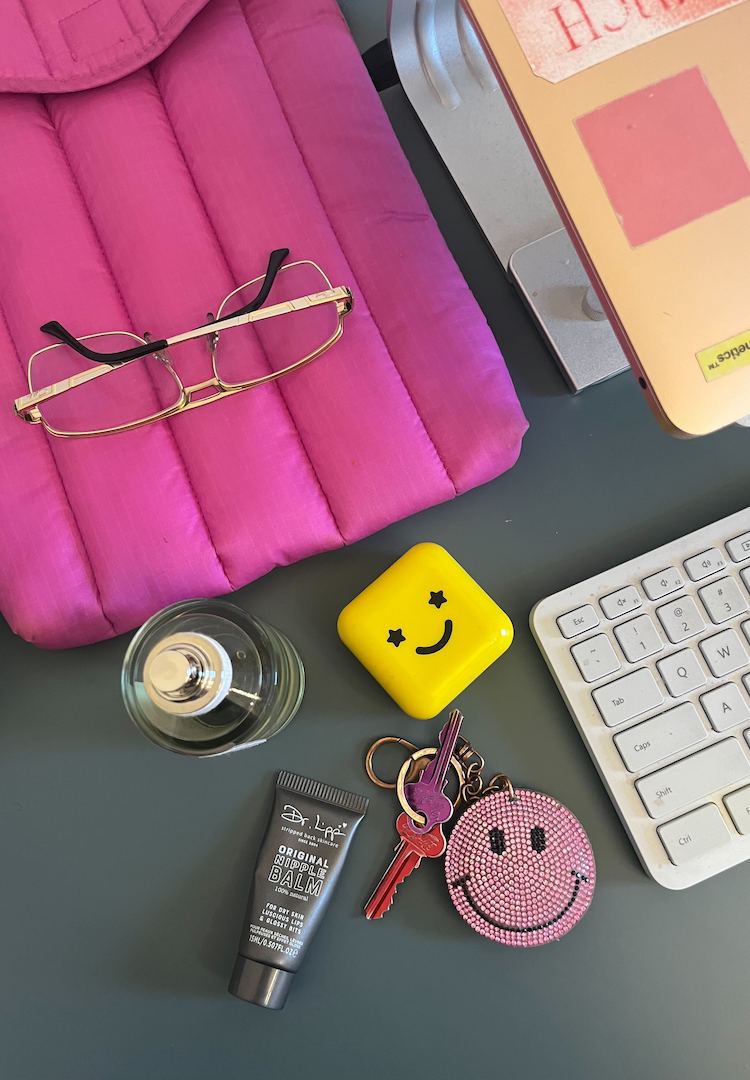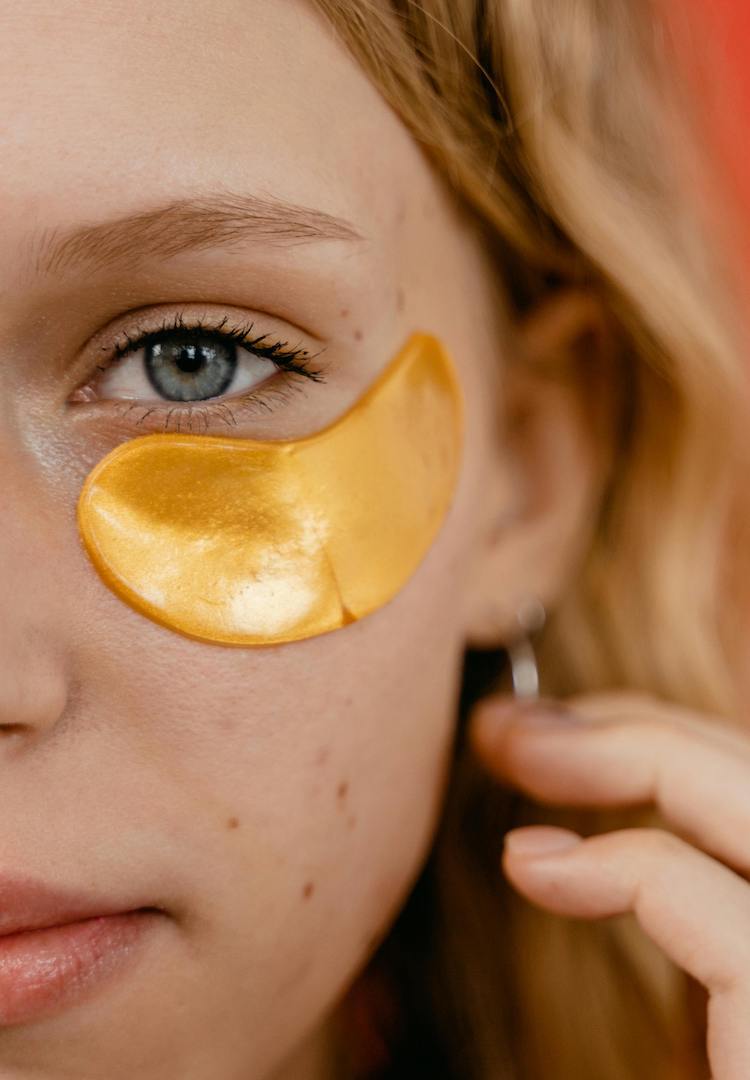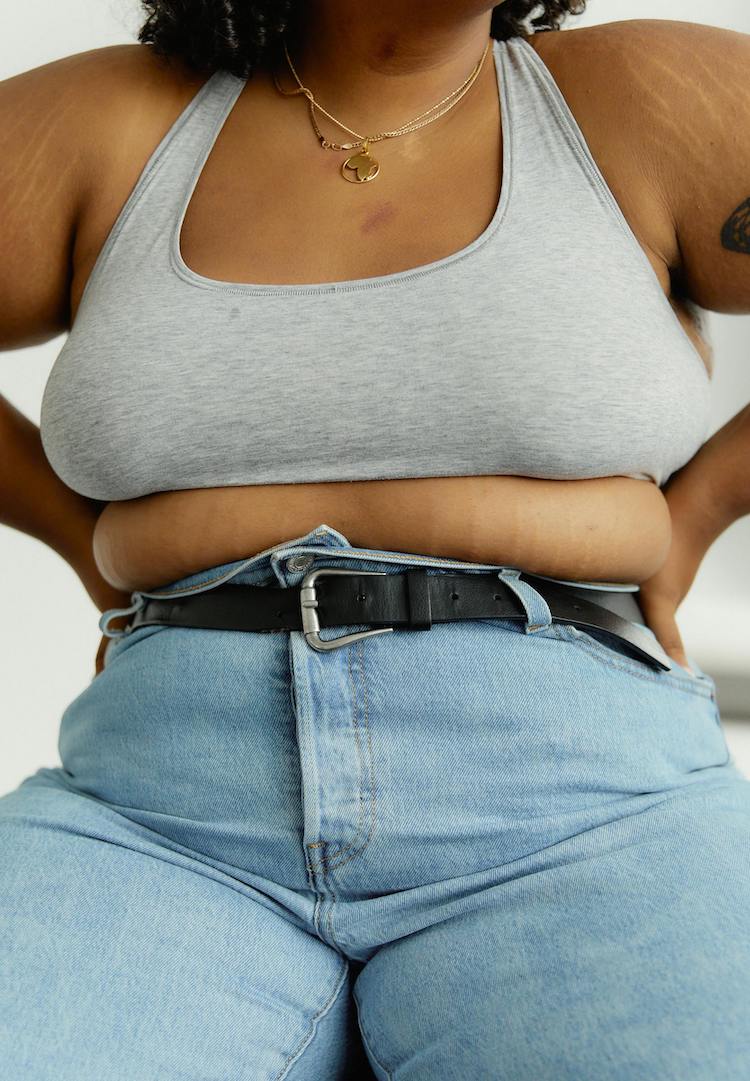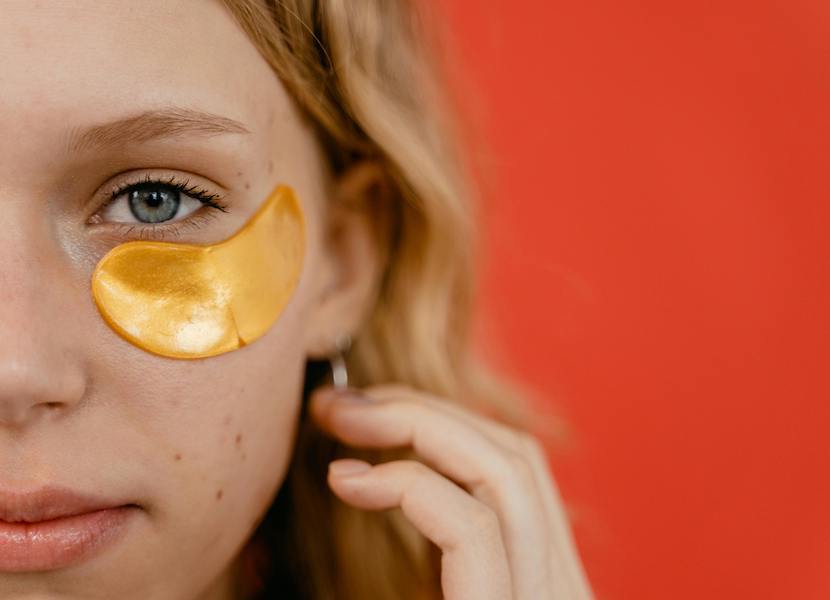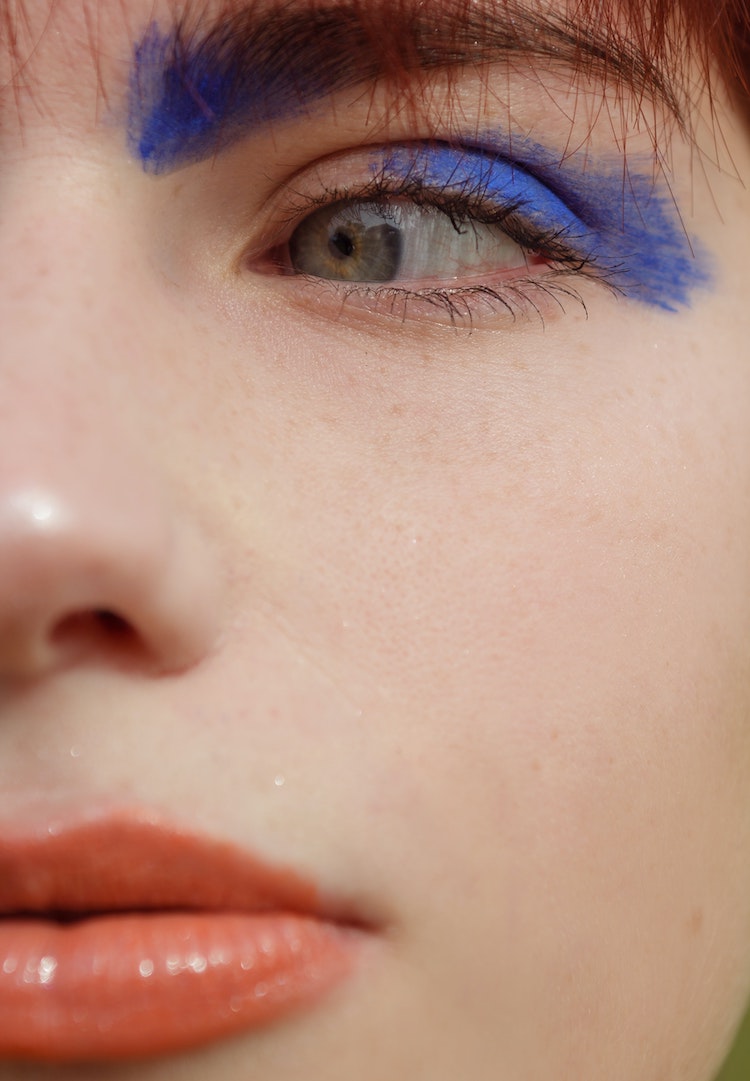What’s the deal with filler migration? A cosmetic physician weighs in
words by kaya martin
From plump to lump.
There may have been a moment when we all went a bit crazy with filler. After Kylie Jenner admitted to having lip filler done in 2015, many ladies were suddenly pulling up to brunch with juicy pouts and under eyes plumper than any serum could ever deliver. Filler had gone mainstream.
Since then, filler has become a widely accepted part of modern beauty culture. These days, when we see someone with a perfectly proportioned face, we know there’s likely a highly skilled doctor involved. This is why it’s no surprise that roughly a decade after fillers became commonplace, we’re seeing terms like ‘moon face‘ trending and videos online talking about the dangers of filler migration.
We like nosy people. Don’t be shy, head to our Beauty section for more.
For those who have ever caught themselves wondering ‘How much filler is too much?’ on the way to yet another aesthetician appointment or who have noticed their Russian lips have started to lose their distinct shape, don’t stress. We caught up with Brisbane-based cosmetic physician Dr Edwina Morgan to discuss the likelihood of filler migration, how to avoid it and what to do about it if you notice it’s happening to you.
After starting her career in obstetrics and gynaecology, Dr Edwina became interested in cosmetic medicine, which she’s been practising for the past eight years. Now, she’s a fellow with the Cosmetic Physician College of Australia and the Australasian College of Cosmetic Surgeons.
Filler migration is the term used to describe when an injectable dermal filler starts to move from the place it was meant to be to elsewhere in the body. For example, if you get the bridge of your nose filled (a non-surgical nose job) and you start to notice your nose becoming wider and bulkier, you’re likely dealing with migration. Dr Edwina tells me although filler migration is unlikely when you’re in the hands of a highly educated and trained clinician using good quality products, there does seem to be an uptick in awareness and reporting of it recently.
“Adverse events post-filler injection can be classified into three groups: acute, early and delayed,” she says. “The general timeframe for migration and its effects vary depending on the filler type, location and injection technique. Typically, migration of filler is a delayed complication, occurring less than two weeks to less than 12 months post-injection.”
The signs of filler migration include a lumpy-looking face, asymmetry and visible displacement. “Lump formation can result, whereby irregularities or bumps are seen under the skin, or outside the lip margin, which can be unsightly and difficult to correct,” she tells me. As the lips are one of the most popular areas for filler (and for excessive filler, which we’ll talk about in a second) they’re a common place to notice migration.
Preventing filler migration is a process that takes place before and after your appointment. Before you head to the clinic, ensure you’re working with a doctor who you trust and that you’re getting a type of filler you’re happy with. It’s also important to know when to stop – if you’ve already got a syringe or more in your lips, you might want to think twice before pumping them up again, and the same goes for the chin, the cheeks and the rest of the face. There’s only so much you can fit!
After your appointment, Dr Edwina recommends “avoiding excessive movement or pressure on the treated area after the procedure, and following the aftercare instructions provided by the clinician”. The good news is filler migration doesn’t happen to everyone. “Common misconceptions about filler migration include the belief that it always occurs over time and that it is irreversible,” Dr Edwina says.
“Migrated fillers may eventually dissolve and disappear on their own, depending on the filler type and the individual’s metabolism. This is an unpredictable process, and can take years.” She tells me in most cases, migrated fillers need to be dissolved using another injectable. This is another thing we’ve been seeing a lot of lately: women choosing to get rid of their filler and start from scratch. As beauty standards move away from a voluminous face to a more refined and sculpted one, cosmetic injectable trends have followed.
But despite the ever-changing standards of beauty, its clear filler – in its many different forms and functions – is here to stay. “As filler injections continue to gain popularity, it is likely that there will be more awareness and education about filler migration and its prevention,” says Dr Edwina.
For more on filler migration, head here.

